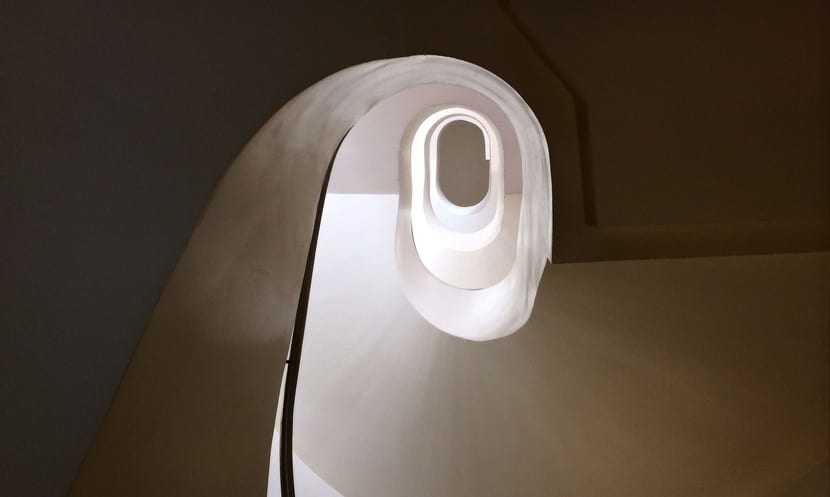
La Composition in photography is one of the qualities that any photographer has to master professional who brags about it. There are a series of rules that help to compose that scene or capture that moment in which a series of circumstances come together so that, thanks to our expert eye, we can take a shot that takes us to a photograph of beautiful manufacture.
One of them rules is that of thirds or which can also be called the golden ratio. And it is not a way of understanding the placement of a series of elements in a photograph that was born years ago, but rather centuries ago. It is Leonardo Pisano, also known as Fibonacci, who disclosed this rule, which at the time this Italian mathematician called the Fibonnaci Succession, and which today we know as the golden ratio.
What is the golden ratio?
Actually is a number series: 0, 1, 1, 2, 3, 5, 8, 13, 21, 34, 55, etc.. It is an infinite series in which the sum of two numbers that are found consecutively, will always result in the next number. That is, 1 + 1 = 2; 2 + 13 = 3, and so on infinitely. Between the two consecutive numbers there is a relationship that is close to what the golden number is, or 1,168034, precisely what the letter Phi of the Greek alphabet would be.

As many say, mathematics is everything and it is worth wondering what use are these accounts for what would be their application in art. We would have to face a rectangle in which its sides measure two of the numbers of the Fibonacci series.
What we should do is divide the two numbers on the sides to divide the rectangle and it would be as follows:
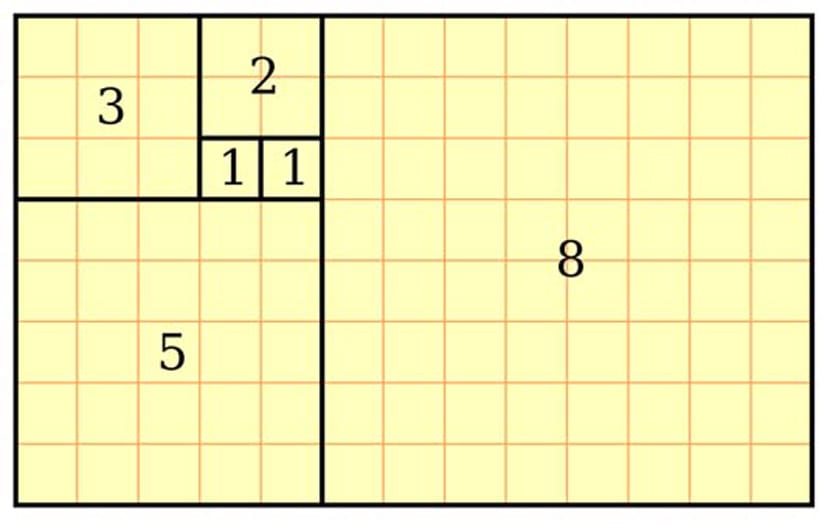
We only it would be necessary to draw a line joining all those little squares. It is that spiral that is called the Golden Spiral or Golden Spiral, and that, in a very curious way, we can find it in a multitude of ways in nature. We just have to take a look around, and we will see that the seeds of a sunflower follow the lines of the Golden Spiral to our greater amazement.
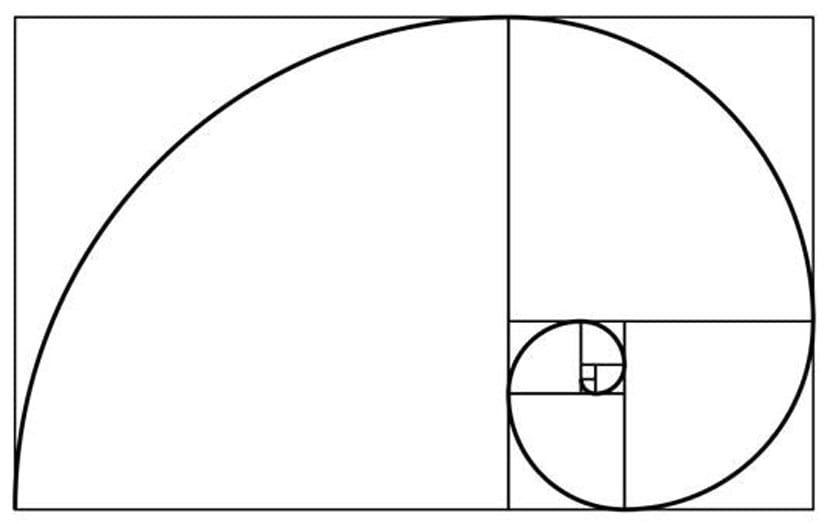
And this is where we enter the concept of this spiral to apply it to all kinds of artistic formats. Being visually natural proportions, the images composed with that spiral line will be able to powerfully draw the viewer's attention. And like any artistic branch, we should never be subject to this rule, which can be broken, but it does serve as a guide to start a job, always open to modifications that we think can come in handy.
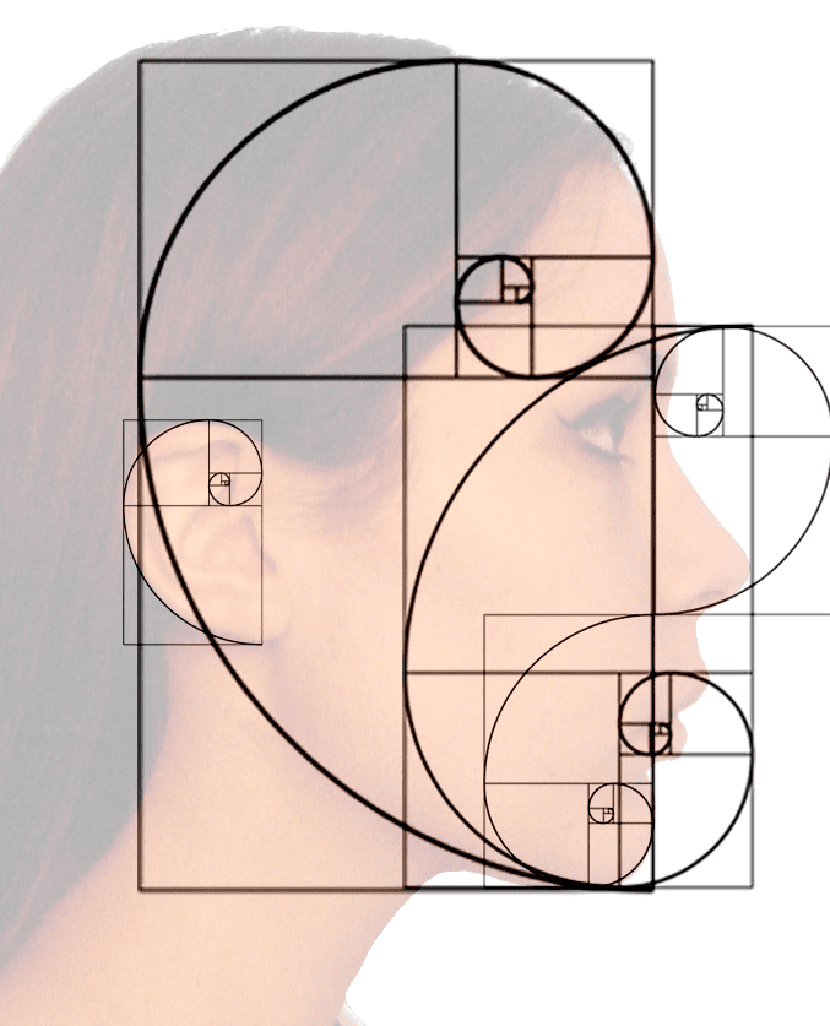
The "Golden ratio", as it is called in English, is approximately at a ratio equal to 1: 1.61 and we can represent it with the "golden rectangle", which consists of a square and a smaller rectangle. If we remove the square from the rectangle, we will be left with another "golden rectangle." These steps could be continued infinitely, as with Fibonacci numbers, which work in reverse.
The history of the Golden Ratio
We have to go back to at least 4.000 years ago when the Golden Ratio began to be used. And it is that even some historians go back to the ancient Egyptians, who already used this principle to build the pyramids. Currently we can find it in all aspects of art, from what is music, design or illustration. By applying this work methodology, you can bring the same design sensibilities to your own work.
In Greek architecture

In Greek architecture this ratio was used to determine the perfect harmony and relationship between the width of a building and its height, the size of the portico and even the position of the columns, those that support all the weight and the structure itself.
The Last Supper
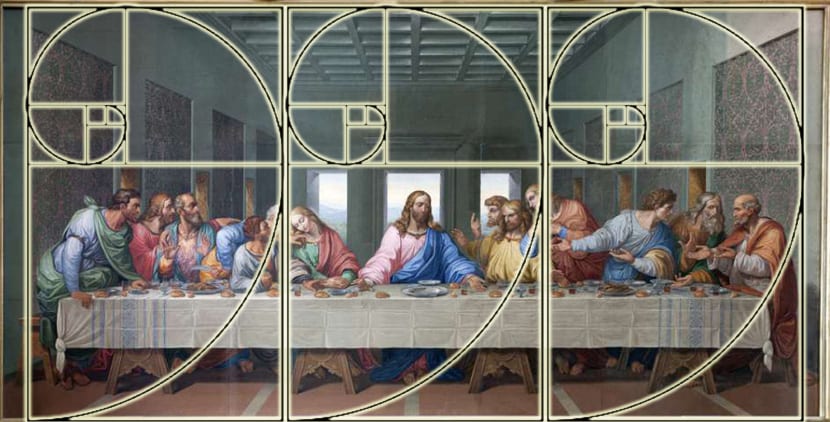
The great Leonardo da Vinci, like other artists of many eras, used the "golden ratio" in this well-known work. The figures that characterize the composition are taken to less than two-thirds, and the position of Jesus is perfectly located to fit the Golden ratio of the entire canvas.
All over

La nature makes use of this golden ratio as a symbol of its own of how universal this methodology has. We can see it everywhere, as the video shows, such as in flowers, dragonflies or sea shells.
The process of creating a rectangle with the Golden Ratio
- The first thing is to draw a square.
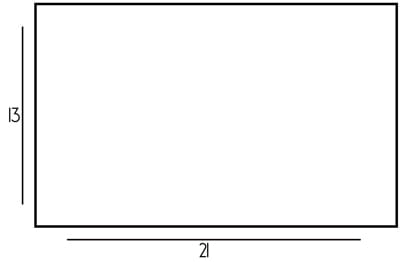
- The next thing is to divide it in two.
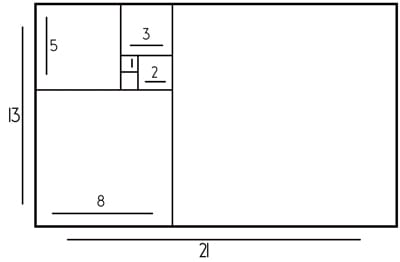
- Se draw a diagonal from one of the center corners, the one below, to the other in the opposite corner.
- We rotate the diagonal so that it appears horizontally adjacent to the first rectangle.
- We create a rectangle from the new horizontal line and follow the horizontal rectangle.
Using the created rectangle
The rule of thirds leads us to divide an area into three equal parts both vertically and horizontally. It is the intersection of the lines that suggest a natural focus point for the shape. And it is the artists or photographers who place the key element of their composition in one of those intersecting lines to create that scene that is most pleasing to the viewer.
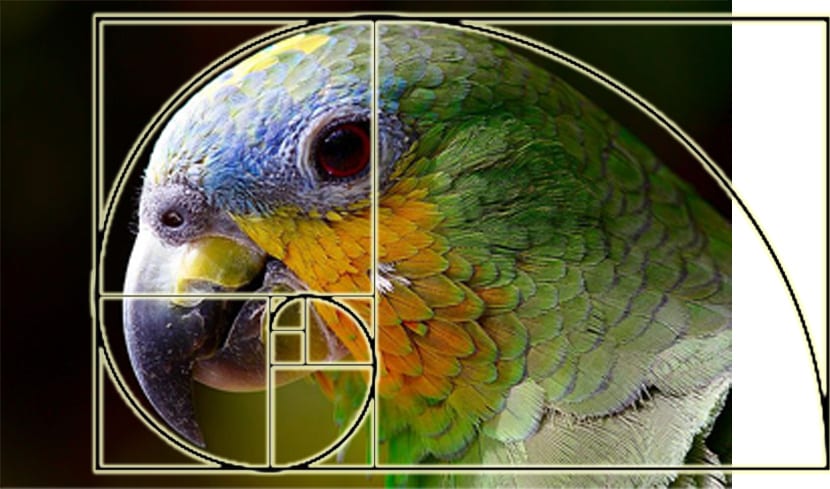
This methodology can be used in the visual style of web pages, mockups and poster designs or advertising. If we already use the rule of thirds to the golden ratios, which is 1: 1.6, we will be very close to the golden rectangle, which will make your vision even more pleasant.

In web design we have a quite striking example and to which we have become accustomed. On one side we have all the accesses to widgets and menus, while on the other side, the larger square, stands perfect for the content. If we had a 640 pixel content area, the 400 pixel side would fit perfectly in the Golden Ratio. We can always use that same division in the squares almost infinitely, as long as we can see them without having to strain our eyes.
Curiosities about the golden ratio
- The Fibonacci sequence, arithmetic relative of the golden number, has a rather striking curiosity and is related to the reproduction of rabbits raised by Leonardo Pisano Bionacci himself in his Book of the Abacus in 1202.
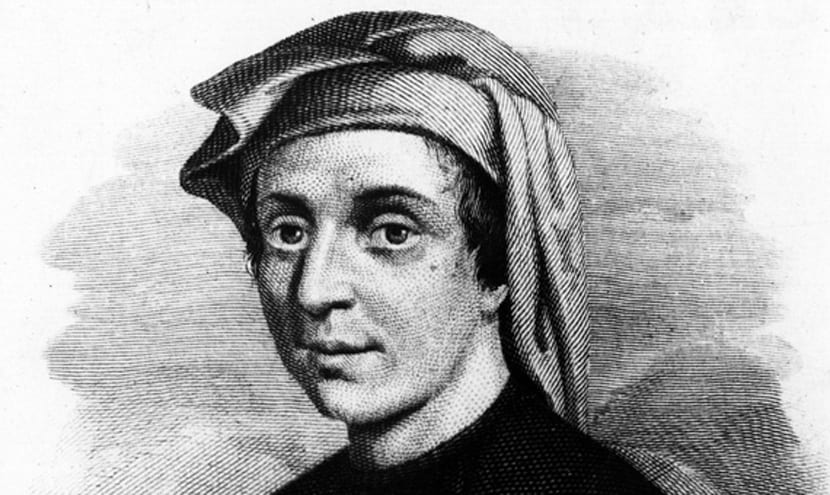
¿How many pairs of rabbits will we have at the end of the yearIf we start with a couple that produces another one every month and that procreates at two months of age? The response from month to month is: 1, 1, 2, 3, 5, 8, 13, 21, 34, 55, 89 and 144.
- The golden number fascinates because it is able to be found naturally in nature itself, as happens between female and marching bees, which in a hive usually have that golden ratio.
- Another curiosity, and related to the human body, is the ability to determine if a patient's uterus looks normal when using the golden ratio. Its height is divided by its width, so that the result is close to 1,618.
- If we look at art, within the cubism movement, there is a Gold Section. The focus was on bringing mathematics to painting, and the idea was to decompose figures into cubes. One of the artists related to this section was Marcel Duchamp, although we also have the great Juan Gris.
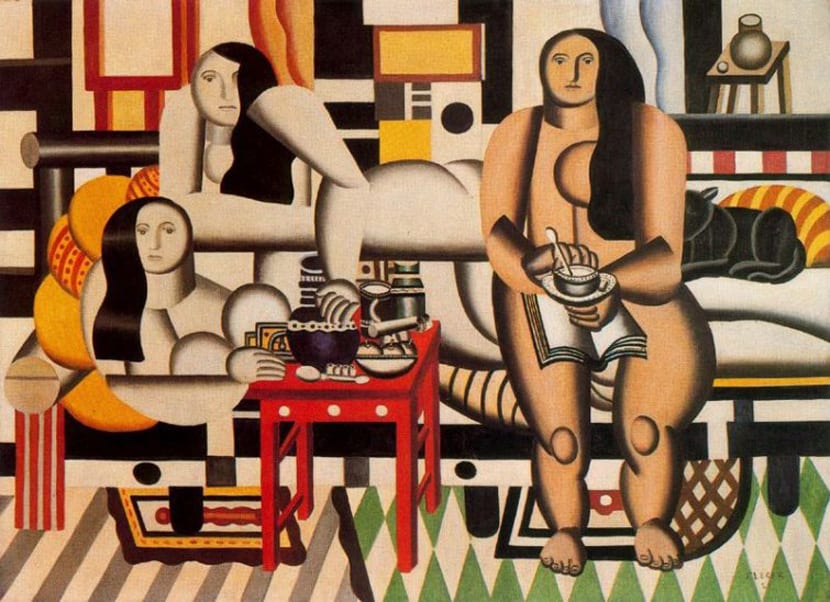
- Another big one Antonio Stradivarius used the golden ratio to place the openings on his violins to be on par with that number. What is unknown is whether the situation of the openings had to do with the quality of the sound, although it does seem that it was a more aesthetic thing.
- We finish with another curiosity and we go directly with the stock market and the stock market values. Among the tools that analysts use to intuit the behavior of a security, are the Fibonacci projections. They are used to mark the levels and thus know both the rise rebounds as the downstream.
Web tools for the Golden Ratio
Golden Ratio Typography Calculator
We are facing a web tool that allows you to discover which is the perfect font for our website. We just have to enter the font size and content width and we will get the perfect proportion for the typography as a result.
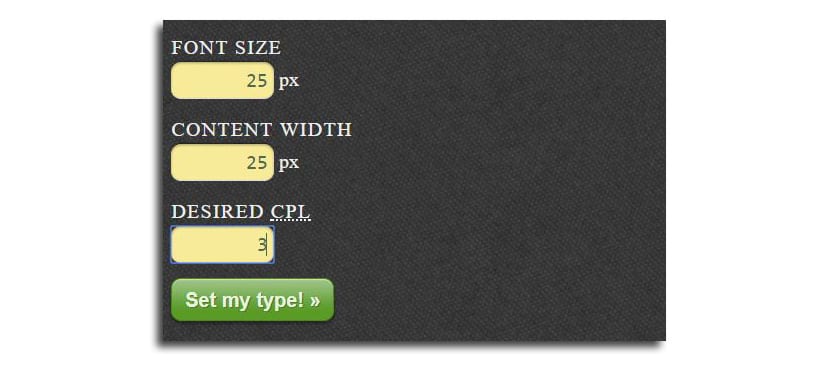
Another of its values is the ability to optimize typography based on font size, line height, width and characters per line, so it is in itself a valuable tool to give that touch to our website, if we are developers.
We can use quite simply by entering the font size, the width of the content, or both. We can also enter the CPL value, and they will give us values to optimize the characters per line. An interesting application to take full advantage of the golden ratio for web development.
Phycalculator
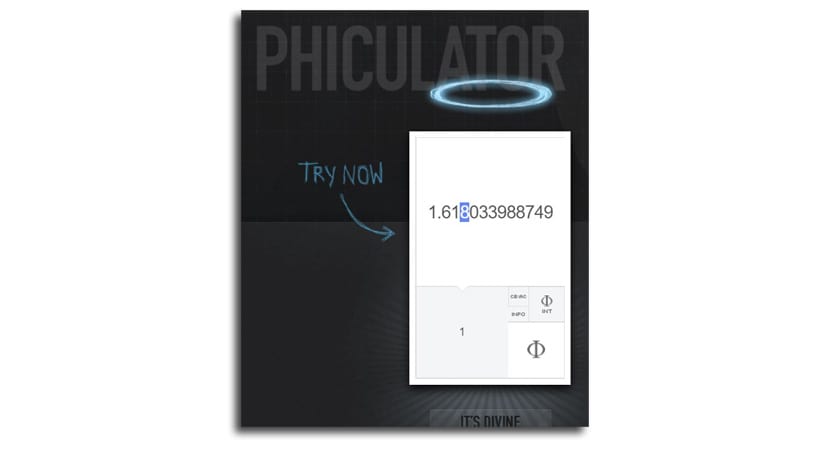
With Phicalculator we are facing a widget for Mac OSX that given a number, it will be able to calculate the value corresponding when using the golden ratio. It is a calculator for that index that will be valid for any type of work that we are going to do. That is, we introduce any number, and below we will have the result with the golden ratio. It cannot be easier.
Atrise Golden Section
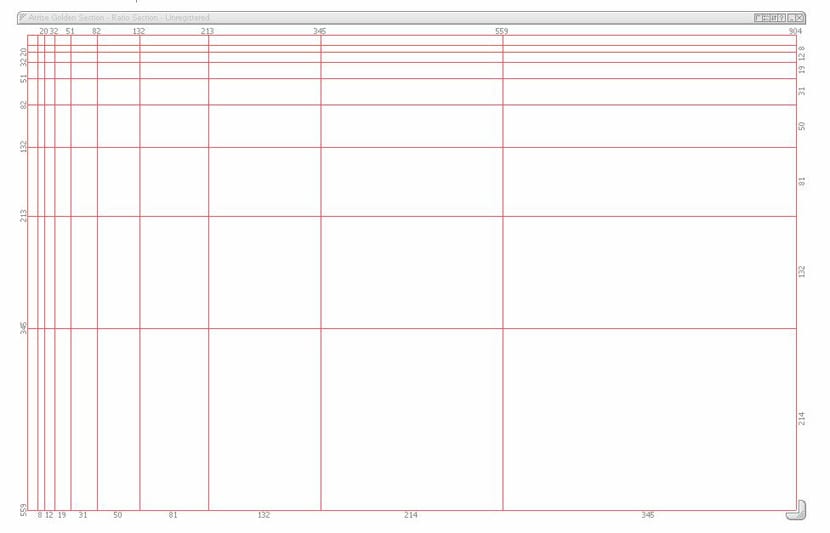
Another program that works perfectly as a design tool for artists, designers, programmers and photographers. Unlike the previous two web tools, here we will have to download the 30-day free trial or buy it directly.
It can be used with any design program and is characterized by find the perfect dimensions and shapes to get the best frame from a photograph, for example. It is available for both Windows and Mac OS.
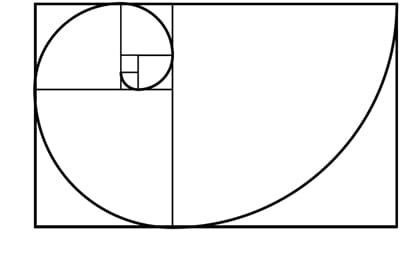
Excellent compilation. Thank you.